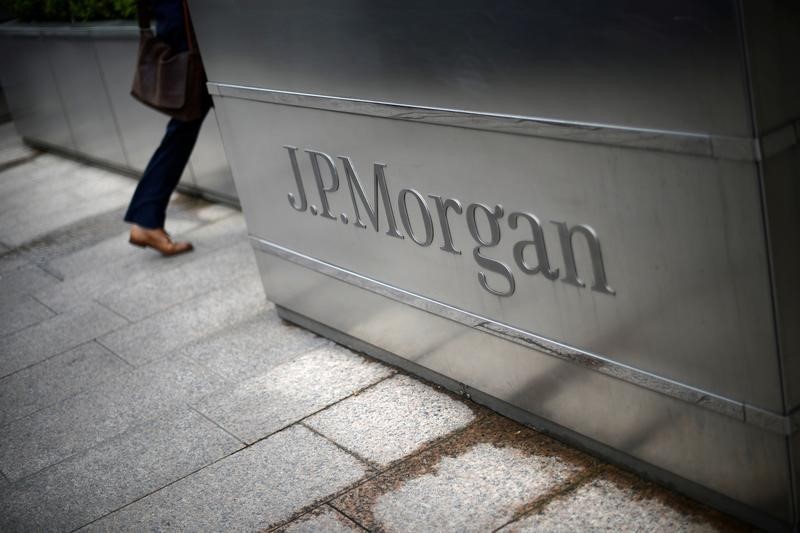This post was originally published on this site

Goldman Sachs remains skeptical about the reasons cited for the market downturn. In a note penned by strategist Praveen Korapaty, Goldman dissected the popularly held beliefs surrounding the selloff, dismissing the notion that Japanese investors are liquidating their Treasury holdings or that investors are demanding a higher risk premium in light of impending auctions. Furthermore, Goldman strategists highlighted that the credit downgrade by Fitch did not present any new data, given that the issues flagged by the agency, such as political instability in Washington, were already public knowledge.
The broad consensus among strategists is that recent market turbulence has not been rooted in new economic revelations, such as insights into U.S. debt sustainability. The aftermath of the selloff saw U.S. government bonds yield a modest 0.7% return this year, in stark contrast to a 12% loss in 2022. The inflation-adjusted 30-year yields even reached almost 2%, a peak unseen since 2011.
JPMorgan analysts, including Jay Barry, noted that with investor positions in long-term debt now less saturated and yields remaining near their cycle’s highest points, it’s increasingly appealing to invest in such durations. This perspective, combined with Goldman Sachs’ skepticism about the selloff’s reasons, points to a prevailing Wall Street sentiment that sees current Treasury prices as an attractive buying opportunity.
This article was originally published on Quiver Quantitative

